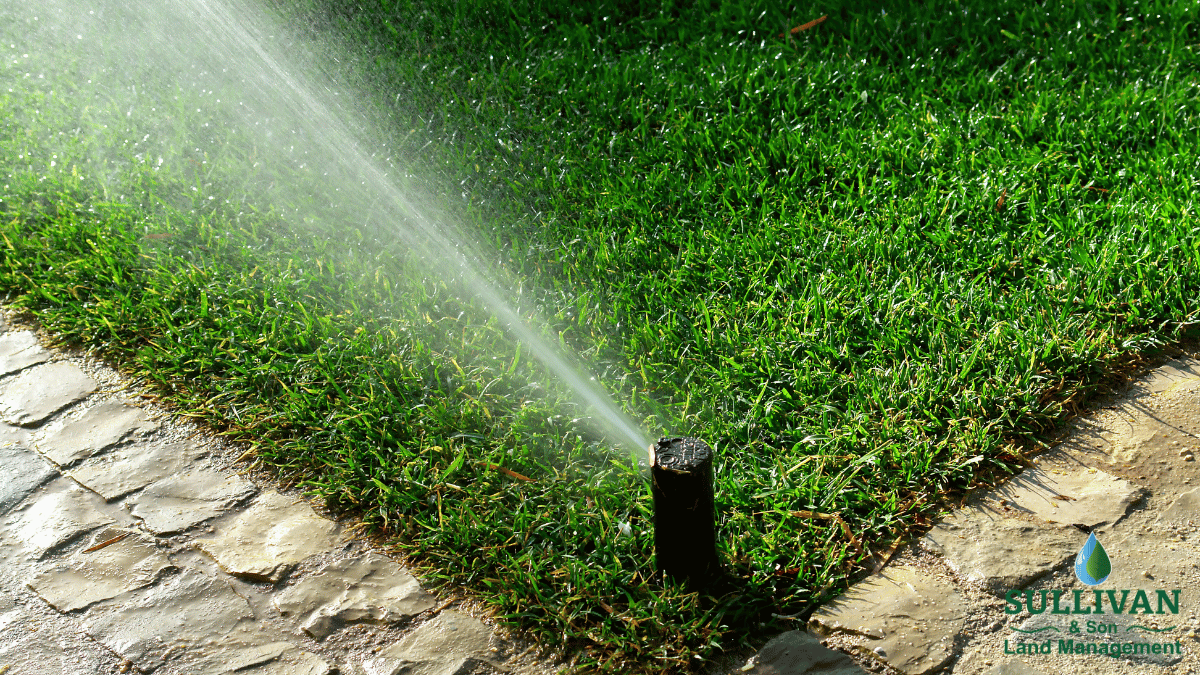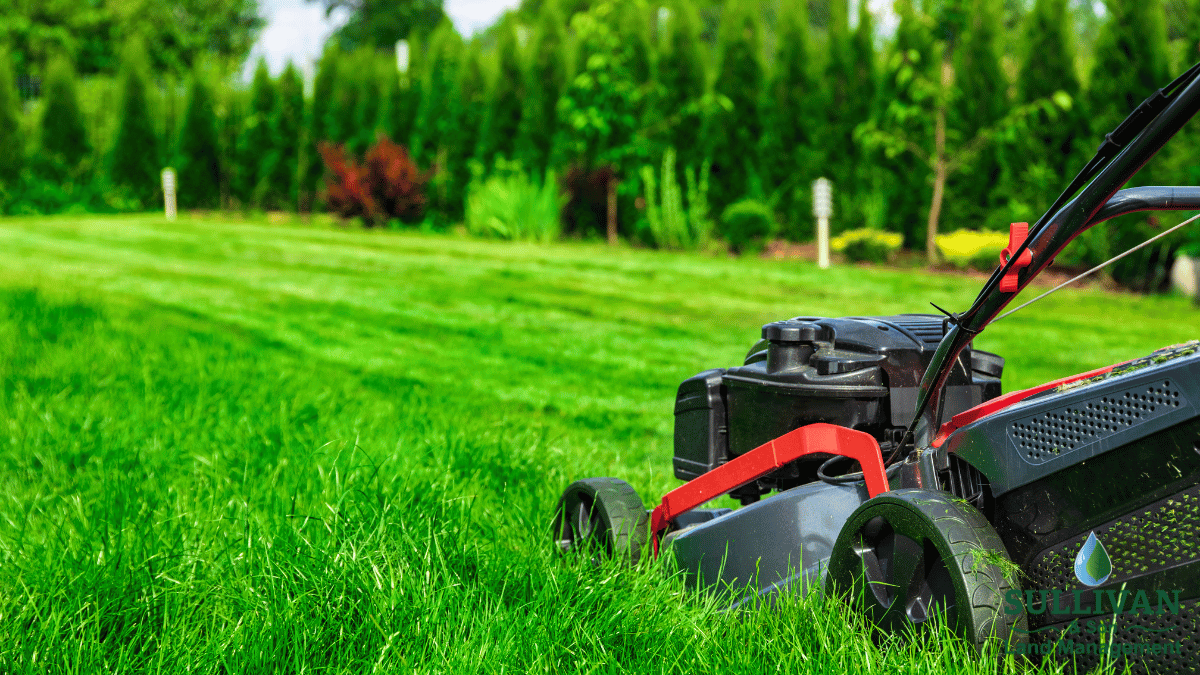Your neighbor's lawn looks perfect. Yours has a brown patch the size of a kiddie pool near the driveway, and you're pretty sure your water bill just hit triple digits. Again.
Here's the thing about most older sprinkler systems: they're dumb. Not broken, just dumb. They water on Tuesday at 6 AM whether it rained three inches yesterday or you're in week two of a drought. They spray the sidewalk, the mulch, sometimes your car if you park in the wrong spot. And that brown patch? It's probably getting half the water it needs while the area near your foundation is growing moss.
We see this all the time in Greenwich. Beautiful properties with irrigation systems that were installed fifteen years ago and haven't been touched since. They still work—technically—but they're costing you money and making your lawn work harder than it should.
What Actually Changes When You Upgrade
Modern irrigation isn't about adding more sprinkler heads. It's about getting smarter with the water you're already using. A smart controller connects to local weather stations and skips your 6 AM cycle if it rained overnight. Sounds simple, but we've had clients cut their summer water use by 30% with that change alone. During Connecticut's wet June, your system isn't fighting the rain. During a dry August, it compensates without you touching a dial.
Drip irrigation makes an even bigger difference in garden beds. Instead of launching water into the air where half of it evaporates before hitting the ground, drip lines deliver it right to the roots of your hydrangeas and boxwoods. Your mulch stays in place, your plants get consistent moisture, and you're not watering the weeds between them. We installed a drip system for a client with a large perennial border last spring—her water use dropped, but more importantly, she stopped losing plants to inconsistent watering during heat waves.
High-efficiency nozzles don't sound exciting, but they fix one of the most common problems we see: puddling. Older heads dump water fast, the ground can't absorb it, and you end up with runoff heading down the driveway. Newer nozzles put out water in larger droplets at a slower rate. Your soil actually has time to drink it in. Coverage becomes even, and those dry patches start filling in.
The Stuff You Don't See (But Should Care About)
Underground leaks are silent budget killers. A crack in a lateral line can waste 3,000 gallons a month, and you'd never know unless you're staring at your water bill with a calculator. Flow sensors catch these problems early—they monitor how much water moves through your system and alert you when something's off. We've found leaks for clients who just thought their bills were high because of "summer watering." Turns out it was a broken pipe under the lawn for eight months.
Seasonal adjustments matter too, but most people set it and forget it. In spring, you need to walk your property after we turn your system back on—broken heads and shifted spray patterns happen over winter. Summer watering should be deep and infrequent, maybe three times a week max, always in early morning before the heat cranks up. By fall, your lawn's heading into dormancy and needs half the water it did in July. And before the first hard freeze, your system needs to be blown out. Frozen water in pipes means expensive repairs come spring.
What This Actually Gets You
Lower water bills, yes. But also a lawn that looks better because it's getting what it actually needs, not what a timer decided twelve years ago. Healthier root systems. Fewer disease problems from overwatering. Plants that don't stress out every August.
We had a client in backcountry Greenwich who was watering seven days a week and still had thin turf in spots. Turns out her system was applying water too fast for her clay soil to absorb. We upgraded her nozzles, switched to a smart controller, and cut her schedule to three days a week. Six weeks later, the lawn was thicker than it had been in years. Less water, better results.
One Last Thing
Irrigation isn't one of those weekend DIY projects unless you really know what you're doing. Soil types vary across your property, sun exposure changes, different plants need different amounts of water. A properly designed system accounts for all of it. We've spent years figuring out what works in Greenwich's specific conditions—the soil, the weather patterns, the way certain slopes drain.
If your current system feels like it's working against you instead of with you, it probably is. A few smart upgrades can turn it into something that actually makes your life easier. And your lawn will thank you for it.

.webp)


